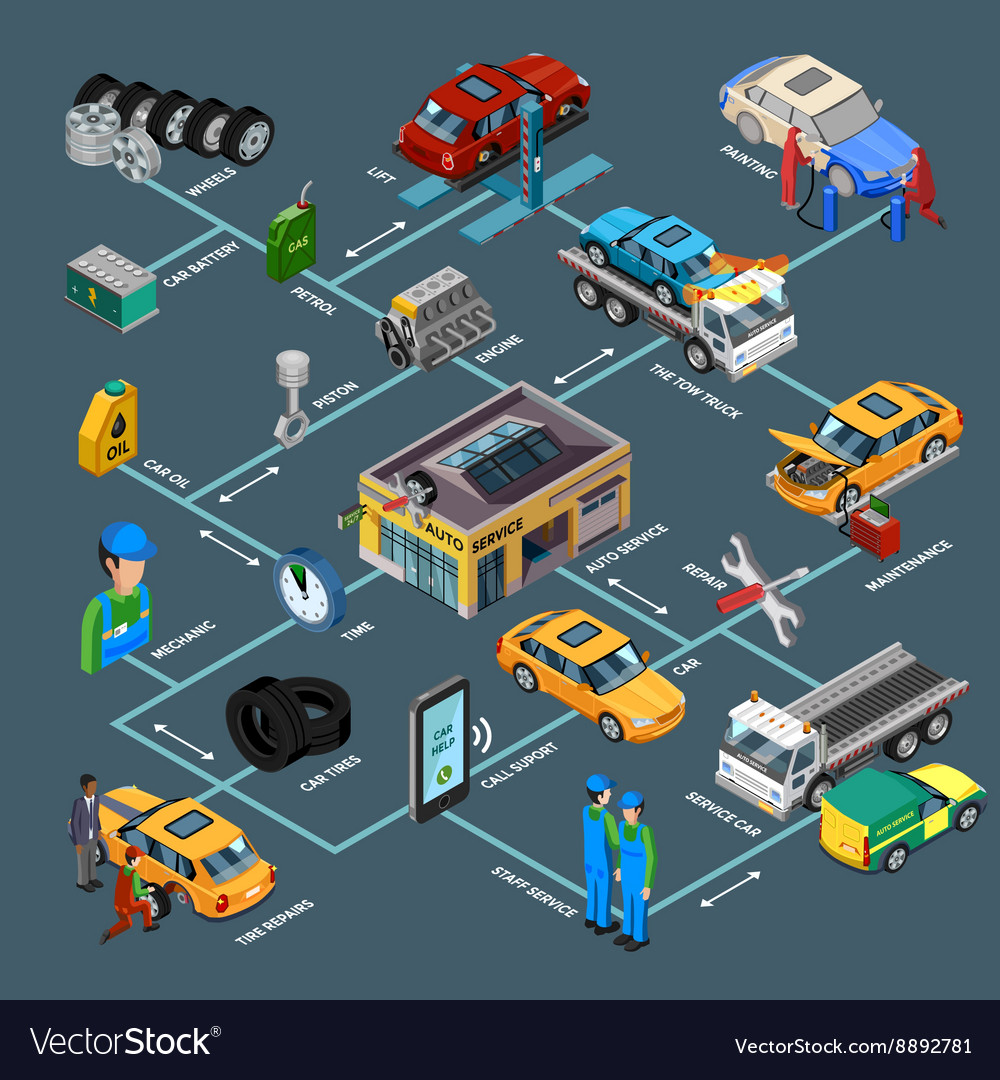Seeking Quality On The Warning Lights Presented On Your Cars And Truck'S Control Panel? Discover Exactly How They Relate To Your Car'S Health And Safety
Seeking Quality On The Warning Lights Presented On Your Cars And Truck'S Control Panel? Discover Exactly How They Relate To Your Car'S Health And Safety
Blog Article
Short Article Author-Higgins Stark
When you lag the wheel, those beautiful warning lights on your control panel can be a bit complicated. Do you know what they're attempting to tell you concerning your auto's health and wellness? Comprehending the value of these lights is vital for your safety and the longevity of your lorry. So, the next time among those lights pops up, wouldn't you intend to decode its message precisely and take the essential steps to resolve it?
Common Warning Lighting and Interpretations
Recognize typical caution lights in your cars and truck and recognize their definitions to ensure risk-free driving.
One of the most regular warning lights consist of the check engine light, which indicates issues with the engine or emissions system. If this light comes on, it's important to have your vehicle examined promptly.
https://andyjfaup.digitollblog.com/31008341/discover-the-vital-actions-to-locating-a-dependable-vehicle-service-center-that-will-certainly-keep-your-automobile-in-leading-shape-your-lorry-should-have-the-best warning light suggests low oil stress, calling for prompt attention to avoid engine damages.
A blinking battery light could recommend a defective charging system, potentially leaving you stranded otherwise addressed.
The tire stress surveillance system (TPMS) light alerts you to reduced tire pressure, impacting lorry stability and fuel efficiency. Ignoring this can lead to dangerous driving problems.
The abdominal muscle light indicates a problem with the anti-lock braking system, compromising your ability to quit rapidly in emergencies.
Lastly, the coolant temperature level advising light warns of engine getting too hot, which can lead to serious damage if not solved quickly.
Recognizing these typical caution lights will certainly aid you resolve problems without delay and maintain risk-free driving problems.
Value of Prompt Attention
Comprehending the typical warning lights in your cars and truck is only the primary step; the value of quickly resolving these warnings can not be emphasized sufficient to ensure your safety on the road.
When a warning light brightens on your dashboard, it's your cars and truck's means of connecting a possible concern that requires interest. Neglecting these warnings can cause more serious troubles in the future, compromising your safety and security and possibly costing you more in repairs.
Prompt attention to warning lights can stop failures and mishaps. For instance, a blinking check engine light might suggest a misfire that, if left neglected, could cause damage to the catalytic converter. Resolving great site can save you from an expensive repair.
Similarly, a brake system alerting light may indicate low brake liquid or used brake pads, crucial elements for your safety and security when driving.
DIY Troubleshooting Tips
If you observe a caution light on your control panel, there are a few DIY repairing pointers you can try prior to seeking professional assistance.
The primary step is to consult your car's handbook to understand what the certain warning light indicates. Often the problem can be as simple as a loose gas cap causing the check engine light. Tightening the gas cap may resolve the trouble.
Another common concern is a reduced battery, which can trigger numerous warning lights. Examining the battery connections for corrosion and guaranteeing they're safe and secure could deal with the trouble.
If a caution light persists, you can try resetting it by separating the auto's battery for a few minutes and then reconnecting it. Furthermore, checking your automobile's fluid degrees, such as oil, coolant, and brake liquid, can aid fix advising lights related to these systems.
Verdict
To conclude, understanding your auto's caution lights is necessary for keeping your vehicle running efficiently and safely. By immediately resolving these alerts and recognizing what they suggest, you can stay clear of pricey repair services and prospective failures.
Keep in mind to consult your auto's manual for specific details on each advising light and take action appropriately to make sure a trouble-free driving experience.
Stay educated, remain safe on the road!
